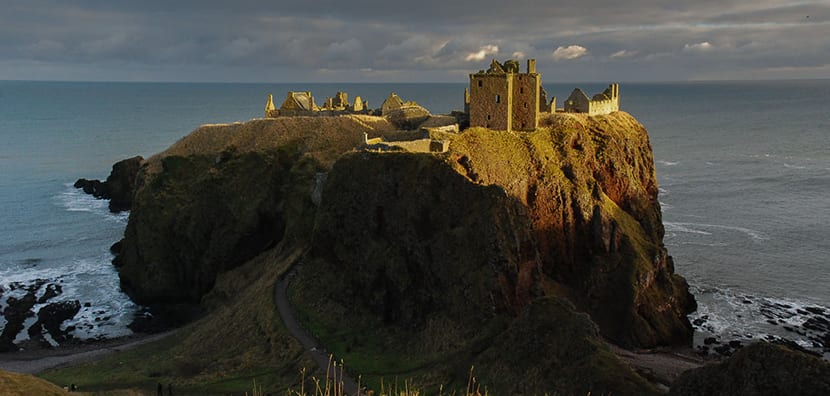
Great Britain is a great summer destination because it combines scenery, culture and a lot of history. Within the islands a country that stands out is Scotland, with its five million inhabitants and its beautiful capital, Edinburgh.
If you like medieval castles, this destination in Europe is great because fabulous fortresses have been built here that have stood the test of time and have been great protagonists of great moments in local history. There are many castles, so many that the national tourist office has drawn up a special route: the Route of the Castles of Scotland. I propose a summer adventure: you rent a car and you know it.
Scotland
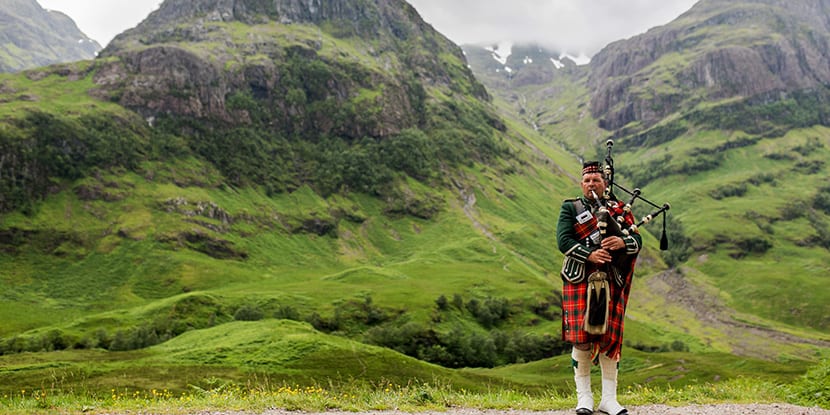
The Scottish lands have suffered climatic changes on the planet, glaciations have shaped the geography and that is why their landscapes vary in the four cardinal points. The name of the country derives from the Latin word Scoti which was how the Romans named their inhabitants. For a long time the word Alba, derived from the language itself, was also used, but Scotland began to become popular in the Middle Ages.
Already in the High Middle Ages the Kingdom of the Picts arises and history advances between battles, political marriages and influence of neighboring kingdoms until in 1707 Scotland joins the Kingdom of England within the Kingdom of Great Britain. That union is still visible on certain official coats of arms and titles, but more importantly, Scotland continues to function as an independent district with its own laws.
Scotland's Castle Route
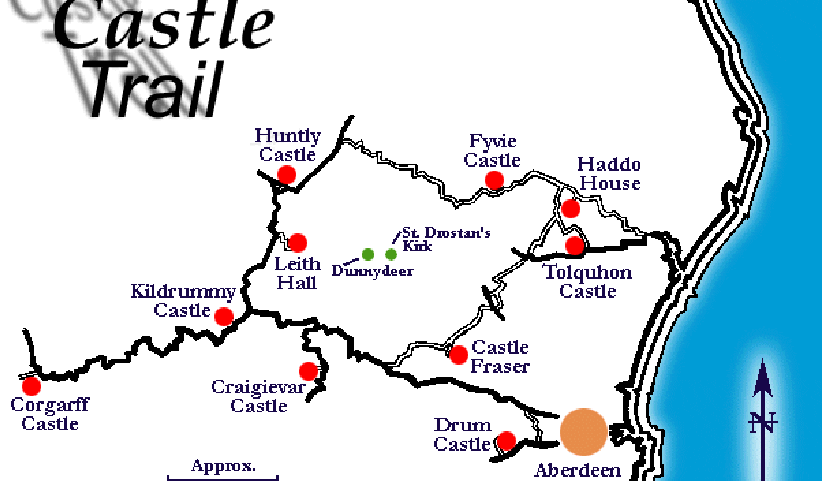
The number of castles in Scottish lands is what shows that the history of this country has not been peaceful but rather the opposite. Across the country there are more than 300 castles, stately mansions and ruined estates, but the route focuses on the best, the most famous and the most dramatic. And all are within the county of Aberdeenshire, a site known as castle county.
The route proposes a six day itinerary and it is marked with brown and white signs that cross the entire territory. Six days and many castles to know and not forget.
Day 1
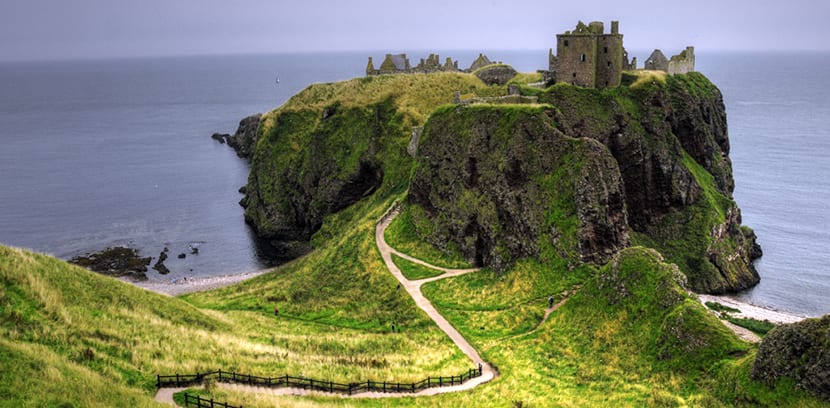
Near the city of Aberdeen there are many castles so the ideal is to base here the first day and go on an excursion. In a total route of only 35 kilometers you have three castles to see: Dunnottar Castle, Ceathes Castle and Drum Castle.
Dunnottar Castle is in Stonehaven. It is a ruined castle built on a high cliff above the North Sea. He knew how to protect the Scottish crown jewels from Cromwell's troops and he used it twice in the movies, in 1991 for the film Hamlet, by Franco Zefirelli, and more recently in Victor frankestein. It is open all year round and the entrance fee is 7 pounds per adult, with guide included.
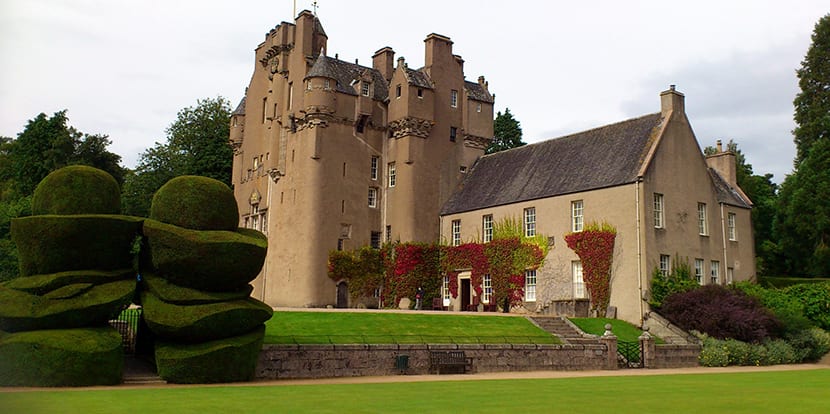
Castle Crathes is an elegant and beautiful tower house XNUMXth century surrounded by gardens. It has decorated ceilings, towers, spiral staircases, and turrets. The gardens are open all year but check the castle hours. Admission is £ 12.
Finally, the Drom Castle It was the home of the Irving family for six and a half centuries and it was built in the XNUMXth century. It contains a large collection of antique paintings and furniture and is surrounded by rose gardens. It costs 12 pounds.
Day 2
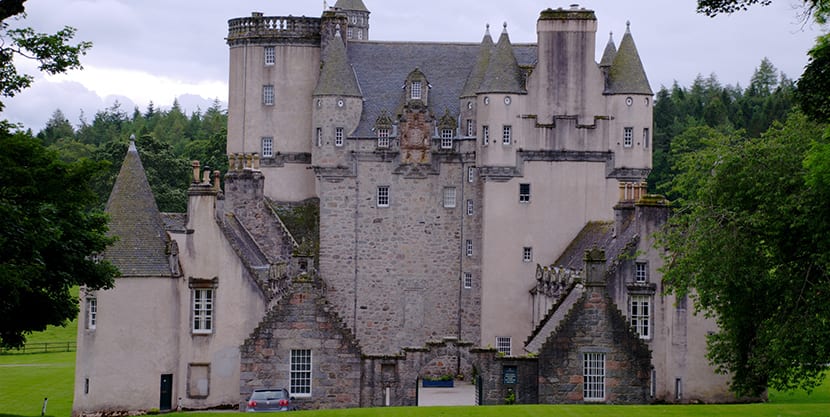
During this second day on the Scottish Castle Route the road heads west and north of Aberdeen. Includes castles Fraser, Tolquhon, and House Haddo. Castle Fraser dates from the XNUMXth century and it is beautiful with its huge rooms, its furniture and its gardens and parks. There is a tea house that works in the 10th century kitchen and that is a delight. Admission is £ 50.
Tulquhon Castle is considered one of the most beautiful in Scotland. This wonderful fortress was built on a simple tower house. It is only open in the summer between 9:30 am and 5:30 pm and admission is cheap, 4 pounds. Finally there is the Haddo House, designed in 1732. It is not a castle but one of the first residences that saw the light after the cessation of hostilities. It was the home of the Gordon family for 400 years and thus has unique furnishings and ornaments. Entry costs £ 10 and the visit is guided.
Day 3
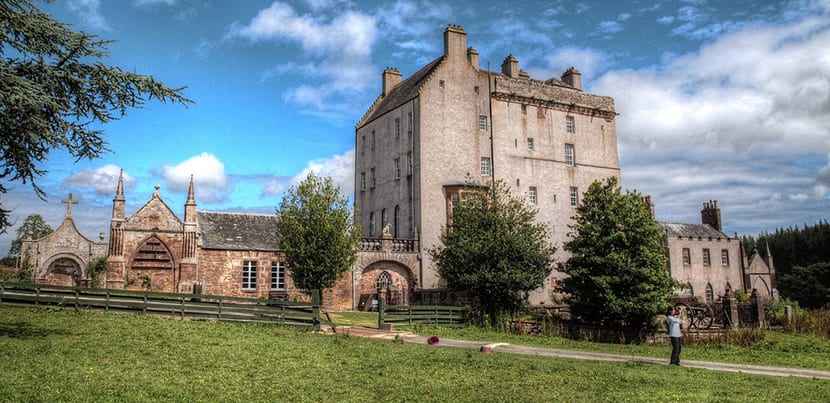
The route continues to Fraserburgh, on the coast of the Moray Firth. Includes three more stops: Fyvie Castle, Delgatie Castle, and Kinnaird Head Castle. Fyvie Castle is 50 minutes from AberdeenIt is eight centuries old and has Edwardian interiors. It is perfect for imagining what noble everyday life was like and has a wonderful collection of armor, weapons and furniture. It also has a walled garden and a tennis court from 1903. And a tea house. All for £ 12.
Delgatie Castle dates from 1030 and it still looks like an inhabited house. Guard the room of Mary, Queen of ScotsVery luxurious, elegant furniture, Victorian clothes and decorations. You can have lunch and also sleep in one of its cabins. It opens from January to December from 10 am to 5 pm although in winter it closes an hour earlier. It costs 8 pounds.
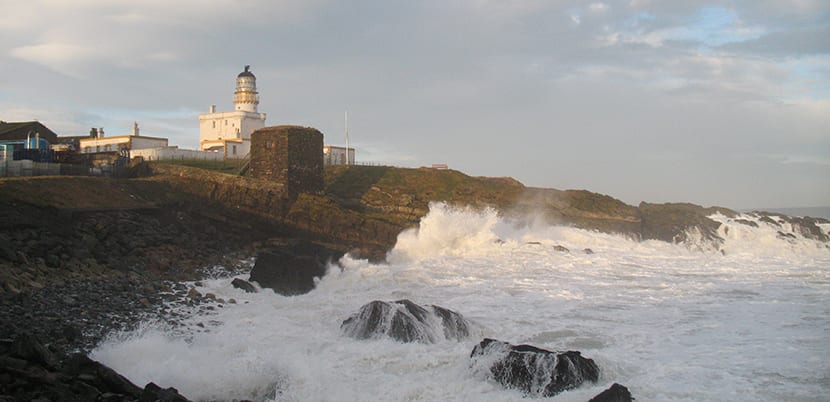
Kinnaird Head Castle is part of the Scottish Lighthouse Museum and was built in 1570- Look at the port of Fraserburgh and he has a lighthouse in his heart. Incredible, the ticket costs 7 pounds.
Day 4
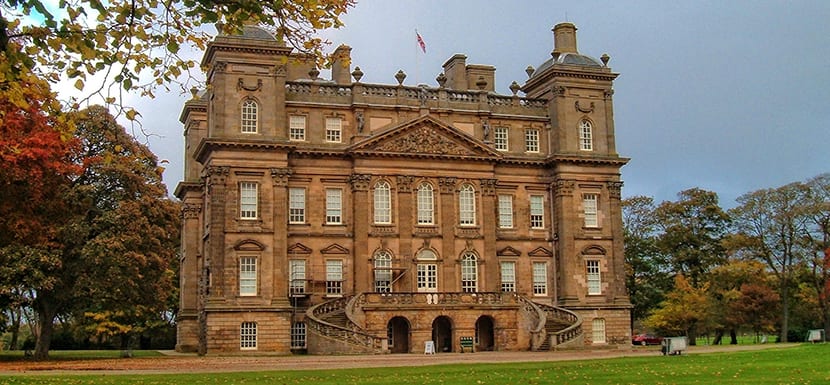
The Duff Mansion is one of the most elegant mansions in the country. A Georgian mansion in the middle of a wide park with a rich collection of furniture and paintings. There is a tea house and shop inside and you can stroll through the gardens along the Deveron River. Admission is 7, 10 pounds.
This day is followed by Huntly Castle, located at the confluence of two rivers. It has been the residence of barons for five centuries and stands on an old fortress built by Robert de Bruce in the fourteenth century. Admission is £ 5. Then there is the Spynie Palace, the retirement home of the bishops of Moray for five centuries. It's only open in the summer and admission costs £ 8.
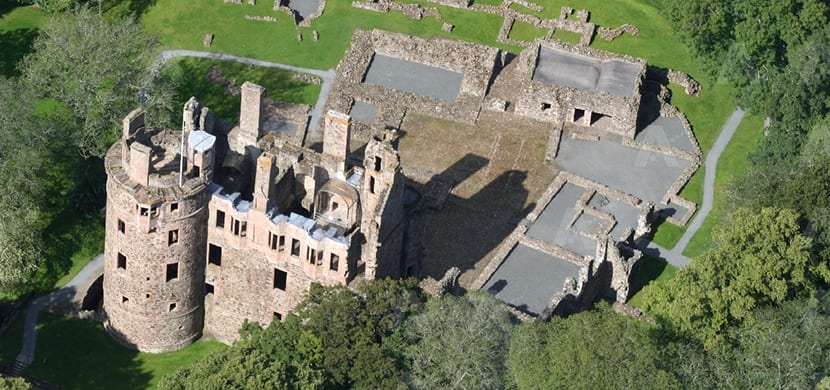
Finally Balvenie Castle is in ruins but it's still great. It was the stronghold of Robert de Bruce's enemies, the Black Comyns, in the 4th century, but it was transformed into a Renaissance residence centuries later. It opens in the summer and costs 50 pounds.
Day 5

On this day there are also three visits: Leith Hall, Kildrummy Castle and Corgaff Castle. Leith Hall is near Huntly and a typical Scottish family residence with the treasures accumulated by ten generations of a family, the Leith-Hay. Admission is £ 10 and guided tours are available.
It is believed that the Kildrummy Castle It was built or renovated by the invading English under the reign of King Edward I. It was for a long time the fortress of the counts of Mar and today it is in ruins. But what a ruin! It's a excellent example of what a castle looked like in the XNUMXth century and from here, in 1715, the Jacobite Uprising was launched. It is open only in summer and costs 4 pounds to visit.
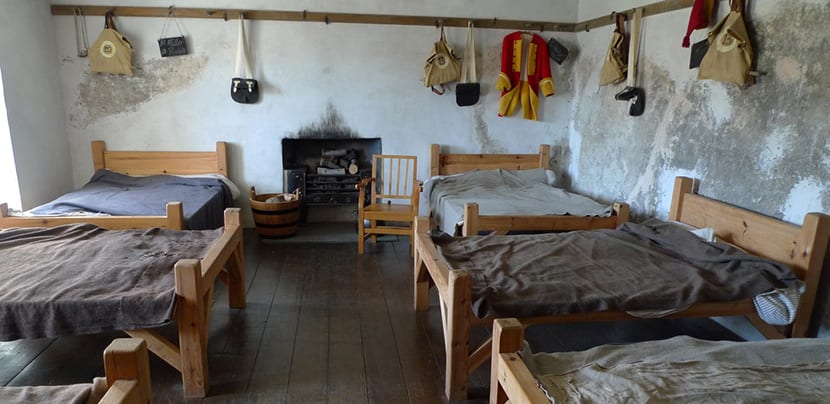
Inside the Cairngorms National Park there is this tower house that was the residence of the important Forbes family: Corgaff Castle. It was a prison for the Jacobites and that's why serves to give you a look at military life in the XNUMXth century. Only open in summer and costs £ 5.
Day 6

We finally reached the end of the Route of the Castles of Scotland, a route that at the rate of three castles a day allows us to take a belly of castles and medieval fortresses. It is the turn of the Braemar Castle, the Balmoral and the Craigievar.
Braemar Castle looks like something out of a fairy tale. It is within the Cairngorms National Park and It was built in 1628. It has furnished rooms, there are dungeons and, they say, ghosts and graffiti of soldiers here and there. The guided tours are led by local people with great enthusiasm and WiFi is available. It costs 8 pounds.
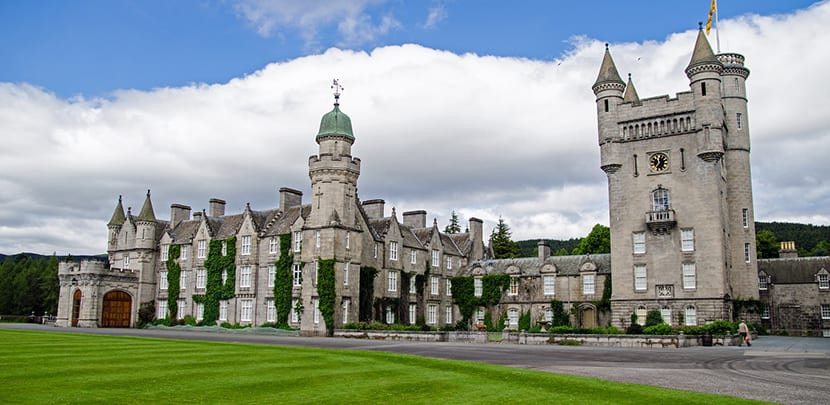
Balmoral Castle is the best known on the route because it is the home of the royal family. Queen Victoria used to spend long periods here in the Scottish Highlands, so there are beautiful gardens, a ballroom, a café and a souvenir shop. The tour is with audio guide and there are usually exhibits. Admission is £ 11.
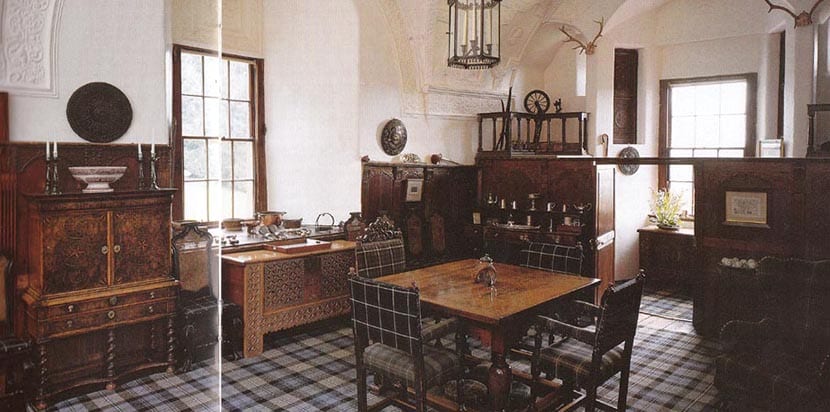
Finally there is the Craigievar Castle, another fairy bead castle wrapped in hills. Inside and outside it is beautiful and you can also enjoy its gardens. It costs £ 12 per adult.
As you see, lhe Route of the Castles of Scotland is a string of wonderful destinations, ideal to do in summer. Sure there is a castle that you like more than another, one that you will not visit, another that you will not miss, but it seems to me that renting a car and following this path will give you an indelible memory of the natural beauty and historical wealth of this great little town. country of Great Britain.